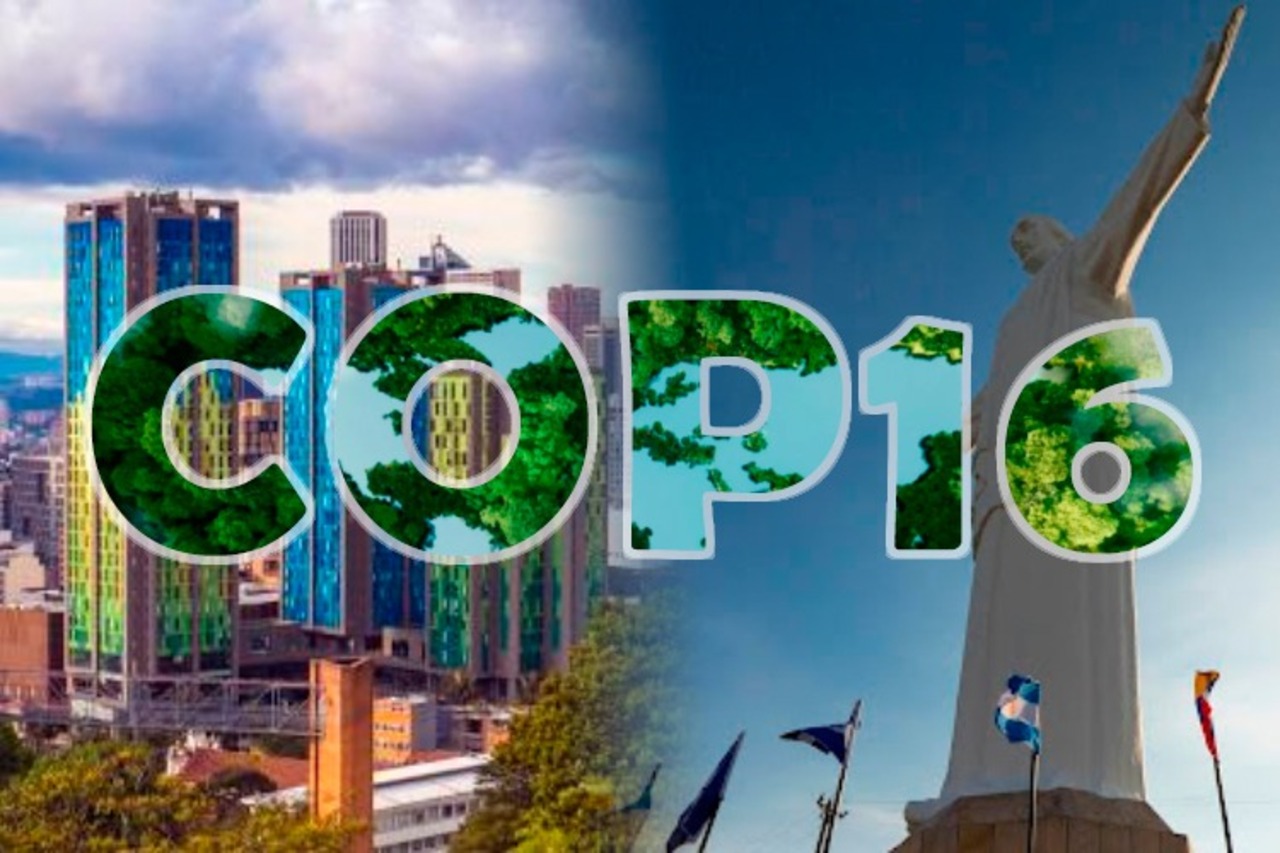
The Great Pyrenean Valley
Less than two hours by car from Barcelona, La Cerdanya offers a paradise of mountains, sports and refreshing nights under the stars
Traveling to Barcelona is always an interesting and entertaining Summer vacation option. The Catalan capital offers a wide variety of leisure and cultural options, from the imposing architecture of Gaudí, to its collections of Romanesque art, to the lively beaches and narrow streets of the Raval, and the shopping axis formed by Passeig de Gràcia and Rambla de Catalunya.
But if you already know Barcelona, and what you want is to take advantage of your trip to the city to get to know a little more of the surrounding nature offerings, a two or three-day getaway to Cerdanya, the largest valley in the Pyrenees, will fulfill what you are looking for.
Located less than two hours drive from Barcelona, La Cerdanya, a wide valley situated at an altitude of 1,000 meters and a width of six to eight kilometers, has always been one of the favorite Summer resorts of the Catalan bourgeoisie, especially at the end of August, when one wants to take a break from the beach and sun, and take refuge in the fresh mountain air. From Shakira to Piqué, many Barcelona millionaires own mansions in this valley of the Pyrenees.
Surrounded by great mountains, such as La Pica del Carlit (2,921 meters) and Tosa de Alp (2536 meters), it also has protected areas such as the National Park of Cadi Moixeró, a mountain range visitors can walk or enjoy the view while eating an organic hamburger or freshly made crepe on the pleasant terrace of El Tupi del Cadi, a restaurant surrounded by fields and walnut trees in the small medieval town of Bor.
Another option is to drive to the Romanesque hermitage of Quadres and from there, take a circular route that will take you to the banks of the river Segre, where visitors can get their feet wet or watch horses and cows grazing in the surrounding fields.
RELATED CONTENT
In the afternoon, you can take a stroll through Puigcerdà, the capital of the region. Founded in 1117, the town has become the main commercial center of the area and attracts hundreds of French visitors every year in search of local products. The border with France is at the exit of Puigcerdà, where the village of Bourg Madame is located.
Llívia, a small village with a very well-kept old town, located within French territory, is also a must. For strategic and historical reasons dating back to the sixteenth century, Llívia continues to belong to Spain, as if it were a small "island."
Once in the French Cerdanya, it is worth a visit to the natural hot springs of Fontpedrouse. Hidden inside the forest and unknown, these natural hot springs are very unique, as they are small pools with different temperatures, which vary as you go down.
As for food, the Cerdanya is characterized by the great abundance of local products, thanks to its privileged geographical location. The region's cuisine is varied, rich and unique, with typical and traditional dishes from the garden, poultry, livestock, fishing and hunting, typical of each season of the year.
The Trinxat, a dish made with potatoes, cabbage and fried bacon, the Tiró (duck) with turnips or the Xicoies (dandelion) salad, as well as a wide range of handmade sausages are also found throughout the valley.
Finally, don't forget to watch the stars when it's dark out. Try to count them.











LEAVE A COMMENT: